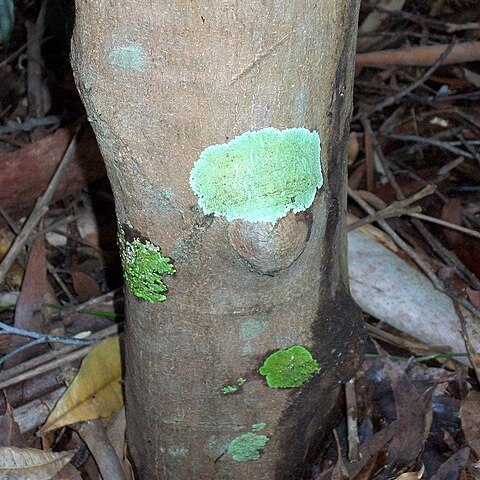A small tree. It grows 3-10 m high and 3-6 m across. The young shoots are hairy. The leaves have 3 leaflets. The leaflets are 5-22 cm long by 2-7.5 cm across. They are oblong and hairy underneath. They are dark green on top and paler underneath. The flowers are 2 cm across and cream. They are hairy. The flowers are produced in a branched arrangement in the angles where leaves join the stem. The fruit is 1-2.5 cm across and can be yellow, white or pink. The fruit is hairy and ribbed. The fruit is edible.


